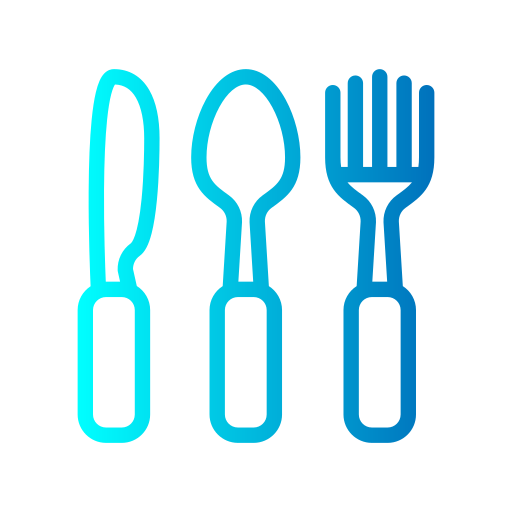Can You Eat Play-Doh?
Top Takeaways
- Play-Doh is non-toxic but not intended for consumption.
- It may pose choking hazards and cause gastrointestinal discomfort if ingested.
- Understanding what’s in Play-Doh can help parents keep their kids safe.
- Be aware of allergens like wheat, which are present in most Play-Doh products.
- Specific preventive measures can be taken to avoid accidental ingestion.
- Alternatives are available for those concerned with safety.
Table of Contents
- Introduction
- What is Play-Doh Made Of?
- Is Play-Doh Safe to Eat?
- Common Concerns About Eating Play-Doh
- Helpful Tips to Keep Kids Safe
- Alternatives and Substitutes
- FAQ
- Conclusion
Introduction
Play-Doh is a popular modeling compound loved by children worldwide. With its vibrant colors and malleable texture, it’s often an irresistible plaything for kids. However, the question, “Can you eat Play-Doh?” arises frequently among concerned parents. This article will dive deep into the safety of Play-Doh ingestion, providing crucial information for ensuring your child’s well-being and peace of mind.
What is Play-Doh Made Of?
Understanding the composition of Play-Doh is essential to assess its safety. Play-Doh is primarily made up of water, salt, and flour. Additionally, it contains preservatives and coloring agents to enhance its shelf life and appeal. Sorbetene is commonly used as a preservative, while food-grade dyes are responsible for the colorful array kids love. Knowing these ingredients helps parents appreciate its tactile appeal and ensure any ingestion is taken seriously.
Is Play-Doh Safe to Eat?
Although Play-Doh is non-toxic, it isn’t meant to be eaten. According to the official Play-Doh website, the product is safe if accidentally ingested. This means if a small piece is mistakenly swallowed, it should not cause severe harm; however, consuming larger amounts can lead to gastrointestinal issues like constipation and upset stomach.
In situations where ingestion occurs, it’s crucial to monitor the child for any unusual symptoms. Also, it’s important to note that regular consumption is advised against owing to these possible health repercussions.
Common Concerns About Eating Play-Doh
Choking Hazards
Play-Doh can become a choking hazard, especially for small children. Its moldable nature makes it easy for curious toddlers to take big bites, leading to potential choking incidents. As with any small object or toy, keeping an eye on your children during playtime can prevent such accidents.
Allergic Reactions
Wheat used in Play-Doh can provoke allergic reactions. For children with gluten sensitivities or wheat allergies, ingesting Play-Doh may trigger an allergic reaction. Symptoms may include rashes, itching, or even difficulty breathing. Therefore, it is important for parents to be aware of the components, especially if their child has known allergies.
Health Effects of Ingredients
The inert ingredients in Play-Doh might cause minor irritations. While many of the dyes and preservatives are food-grade, some substances might induce mild health effects in sensitive children, such as a stomachache or temporary discomfort.
Helpful Tips to Keep Kids Safe
Ensuring the safe use of Play-Doh requires vigilance and preventive measures:
- Supervise playtime: Always be present during your child’s play, especially with younger kids.
- Educate them: Teach children not to put Play-Doh in their mouths and explain why it’s not safe.
- Store safely: Keep Play-Doh out of reach of very small children when not in use.
- Look for gluten-free options: Consider alternative products for kids with allergies.
Alternatives and Substitutes
Explore safe and edible options if Play-Doh poses concerns:
- Homemade edible dough: Create a safe alternative using flour, water, food coloring, and edible ingredients.
- Commercial gluten-free options: Brands like Aroma Dough offer allergy-safe versions.
- Non-toxic clays: Some clay brands focus on producing completely edible substitutes.
For more information on this topic, visit Can You Eat and check similar content like Can You Eat.
FAQ
- Can Play-Doh cause serious health issues if ingested?
- Most of the time, no. While troubling for parents, small accidental ingestions typically lead to minor symptoms like an upset stomach or constipation.
- Is it safe for kids with gluten allergies to use Play-Doh?
- Traditional Play-Doh contains wheat, making it unsuitable for children with gluten sensitivity. Opt for gluten-free alternatives.
- What should I do if my child eats Play-Doh?
- First, avoid panic. Monitor the child for symptoms such as stomach pain or choking and consult a pediatrician if unsure.
- Why do children eat Play-Doh?
- The bright colors and soft texture can be enticing, and children often explore with their mouths.
- Are the dyes in Play-Doh safe?
- Yes, the dyes used in Play-Doh are typically food-grade, making them safe regarding ingestion.
- Can Play-Doh go bad or become unsafe?
- While Play-Doh doesn’t spoil like food, it can dry out and become more crumbly, increasing the likelihood of accidents. Always store it properly.
Conclusion
While Play-Doh is a safe and beloved toy, understanding its ingredients and potential hazards is vital for any caregiver. By staying informed and vigilant, parents can ensure Play-Doh remains a source of joy and creativity, free of concerns about accidental ingestion. For a more comprehensive understanding, visit the parenting resources at Can You Eat.

Leave a Reply